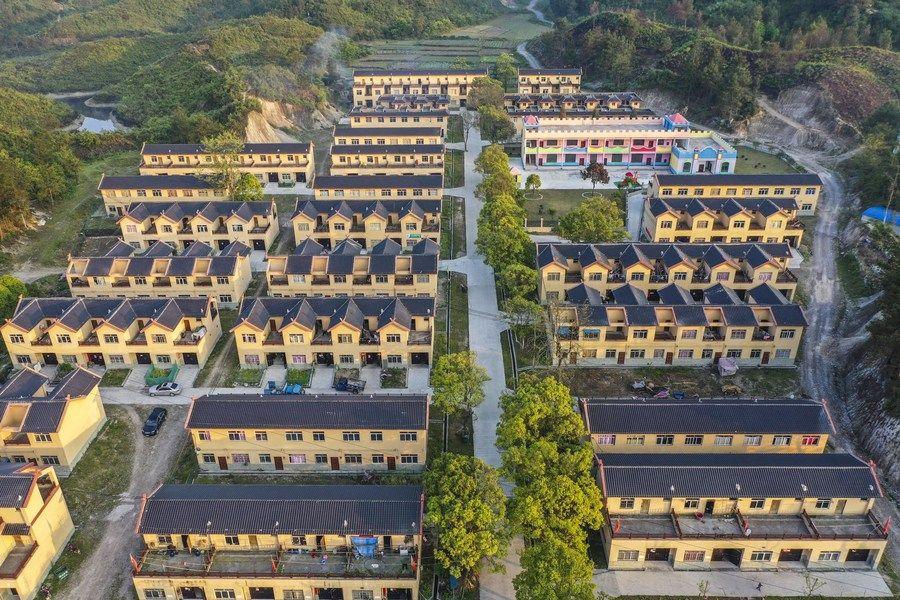BEIJING, Feb. 3 (Xinhua) -- By removing all its national-level poverty-stricken counties from the list, China has made a major victory in fighting poverty. The following are some facts and figures on China's poverty reduction.
Over the past 40-plus years of reform and opening up, more than 700 million people in China have been lifted out of poverty, contributing to more than 70 percent of global poverty reduction.
By the end of 2020, nearly 100 million impoverished rural residents had escaped poverty since the 18th National Congress of the Communist Party of China (CPC) in 2012, and all 832 national-level poverty-stricken counties had shaken off poverty.
Despite the unprecedented impacts brought by COVID-19, China removed the remaining 52 counties -- mostly in remote areas in the southwestern and western regions -- from the poverty list as scheduled last year.
According to different causes of poverty, China explored a slew of targeted and scientific alleviation measures, providing poor households with customized plans. The measures include developing industries and relocation.
China also develops ecological poverty-relief programs, including ecological compensation and government-sponsored afforestation projects. For example, forestry authorities nationwide have recruited a total of about 1.1 million forest rangers from impoverished households since 2016. More than 20 million people shook off poverty through such programs, according to the National Forestry and Grassland Administration.
Other policies include providing medical insurance and aid, developing microfinance programs, establishing online platforms for selling agricultural products from poverty-stricken areas.
The government at various levels has also mobilized resources nationwide to help poverty-stricken regions. Since late 2012, China has selected over 500,000 cadres as the first CPC secretaries of villages and has sent more than 3 million cadres to impoverished villages to battle poverty on the frontline.
China has decided to set a five-year transition period for counties that have shaken off poverty to consolidate and expand its poverty alleviation achievements and to prevent people from falling back into poverty again.
The country has pledged to advance rural vitalization in the new development stage. The strategy will help improve the quality, efficiency and competitiveness of agriculture and deepen rural reforms and enhance the integrated urban-rural development.




 A single purchase
A single purchase







